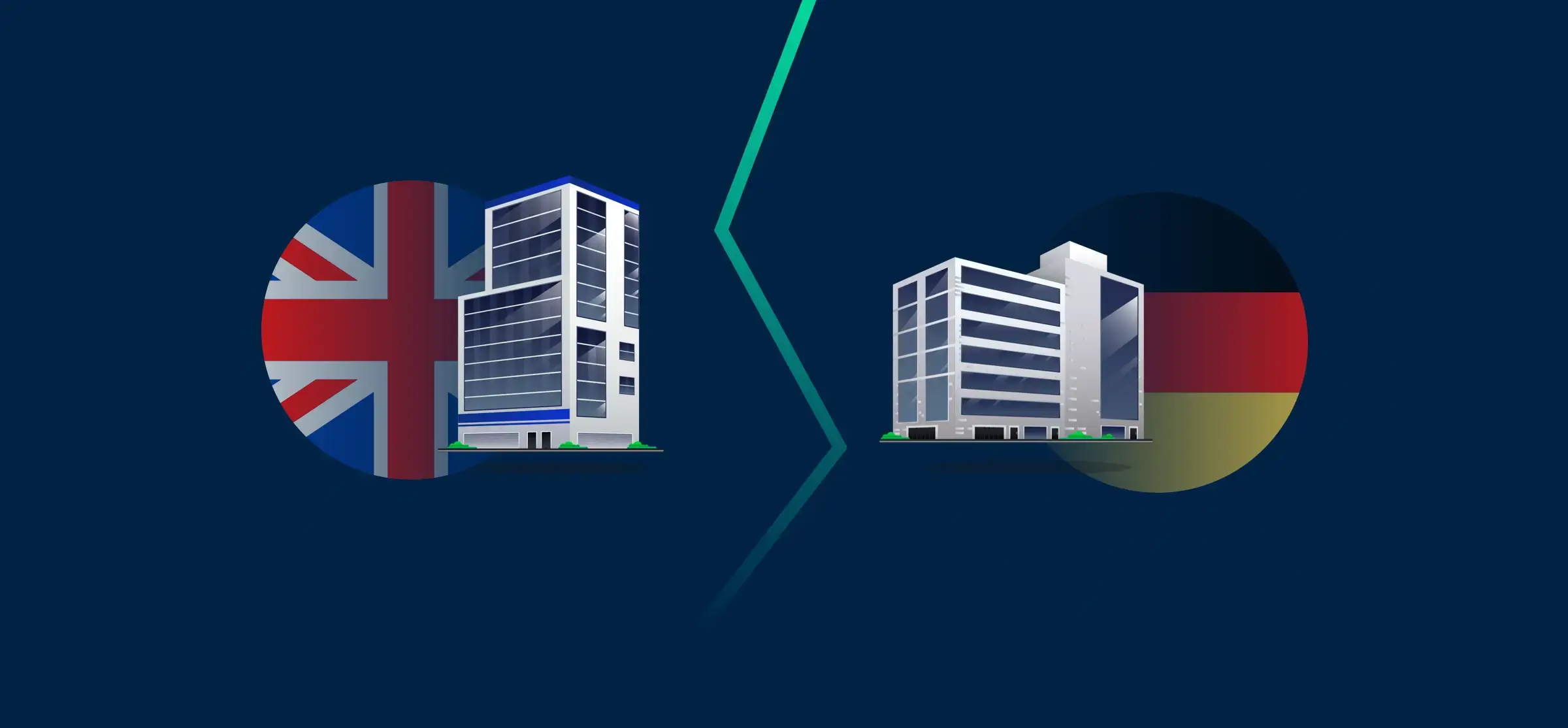
Table of contents
Where would we be without WiFi? Now seen as an essential it often gets taken for granted that you’ll be able to connect seamlessly without any issues, no matter where you are. However, that isn’t always the case and the environment you’re in can play a pretty big part in this. This is particularly true for flexible workspace and operators can sometimes struggle to provide the level of connectivity expected by their clients.
As we’re always talking to flexspace operators about these issues we decided to put together a few key points to consider when it comes to getting the best WiFi solution for your space.
What’s in the way of your signal?
It’s unlikely that you’ve ever considered building density but it does make a difference when it comes to the strength of your WiFi signal. The density can include things like wall thickness and structure but can also include people. The more people in a particular space the more demands will be placed on the WiFi. We’d advise carrying out a full WiFi survey, ideally during the build phase, but if this isn’t possible then it’s still a worthwhile thing to do. The survey will show areas where the signal is weaker and then allow you to plan how to negate this through clever use of access points and signal strength to create consistent WiFi performance across your building.
How do you want to use it?
Do you want your WiFi in one area only or across the entire building? Do you want to allow your clients to roam around the workspace and still be connected? These are things that need to be considered when it comes to flexspace WiFi. If your clients want to roam around your space then they’ll probably need access to their own private network. You might also want to think about how you control your space’s bandwidth to ensure that it’s not getting dominated by particular users. By identifying your clients WiFi requirements early means you can tailor your service accordingly. The other area where a managed WiFi service works well is with building management services and IoT (Internet of Things) devices. By connecting these sensors and devices to the WiFi you can get access to data on things like energy usage, air quality and footfall. This can in turn help you to improve the sustainability of your workspace which is an important selling point for a lot of potential clients.
What about visitors?
Visitor WiFi performance is something that often gets sidelined when it comes to WiFi for flexible workspace. The emphasis, quite rightly, is ensuring that current clients are connected. However what about visitors to the space, what WiFi connectivity do you want to offer them? The options available could be a simple WiFi code that you share with visitors. This is the most basic offering; however it could lead to users taking advantage of the WiFi and hogging the bandwidth. There are also legal considerations to take into account if people are using your internet for illegal purposes. An alternative could be getting guests to sign up via a dedicated portal. This way you can keep track of who is using the WiFi and how much data they’re using. It can also offer potential marketing opportunities if you ask for an email upon sign up.
Think about security
When it comes to connectivity, security is always an issue that needs to be considered. How strong do you want your security to be? We would always recommend WPA2 (WiFi protected access) enterprise level of encryption as a minimum. This means that users need to enter a username and a password when signing in. Also available is WPA3 which offers even great levels of security and encryption and could also be considered. Security is a very real consideration for any flexible workspace and so we would recommend talking to experts before any solution is installed.
How far do you want your signal to go?
We’ve already talked about ensuring that your WiFi signal is optimised to allow for the layout of your building but it’s also worth considering how strong you want your signal to be. If you need a powerful signal within a limited space then you can use 5ghz frequency which will provide a faster connection speed within a particular space. However if you want your signal to go through thicker walls and have a longer reach then you may be better off choosing a lower frequency such as 2.4ghz which although not as quick as 5ghz, does work better through more denser buildings and wider areas.
Looking for more guidance?
If all this talk of WPA’s and ghz’s has left you confused about what’s best for your space then fear not. Our team are hugely experienced in all aspects of flexible workspace WiFi connectivity and would be more than happy to talk you through it. You can call us on 020 7953 8888 or email hello@technologywithin.com and we’ll be happy for a chat.
Recent articles

Industrious beschleunigt seine europäische Expansion durch die hochmoderne Konnektivitätslösung von technologywithin

Trends auf dem deutschen Flex-Office-Markt
